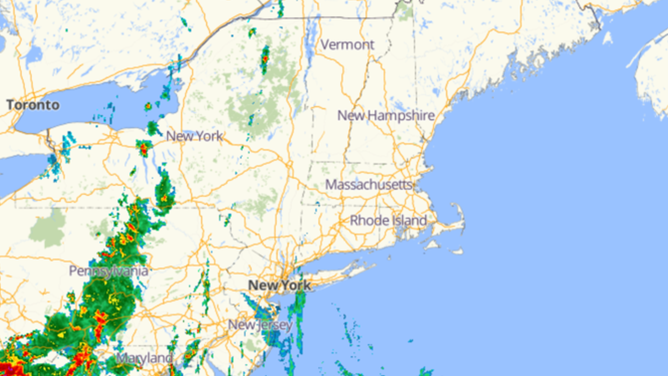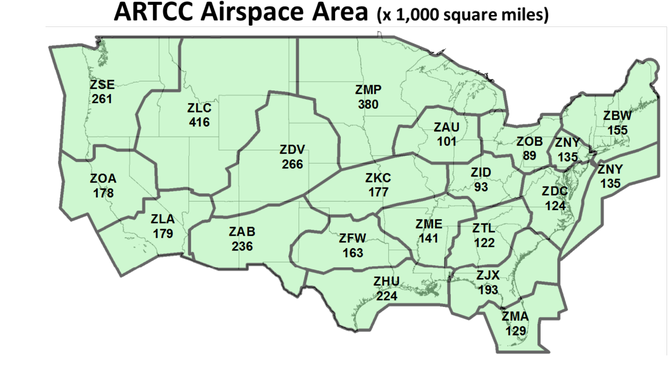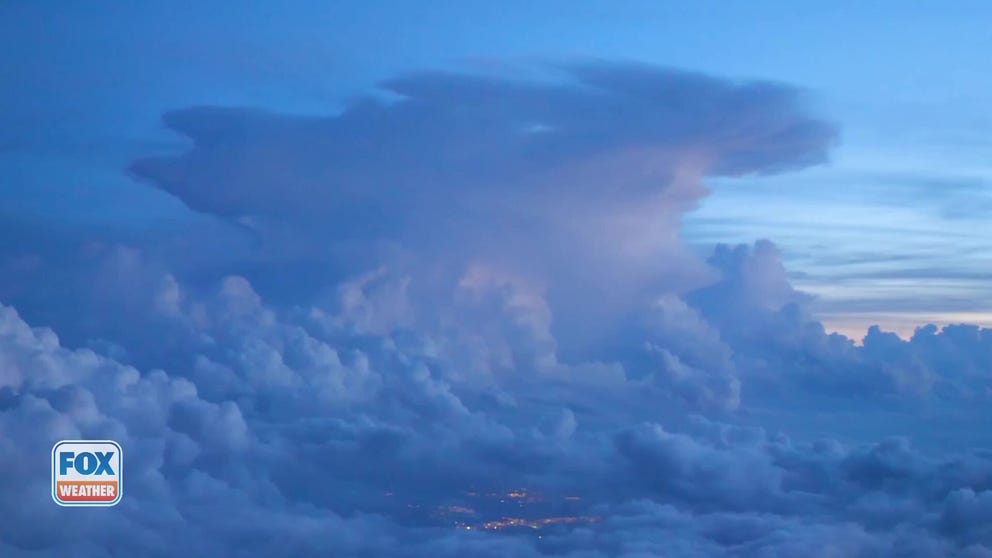How thunderstorms hundreds of miles away can wreak havoc on air travel
Because of the nation’s geography, major cities such as Boston and Miami can have a beautiful sunny day, yet storms hundreds of miles away can block air routes, keeping planes trapped as if they were on an island.
How thunderstorms hundreds of miles away can wreak havoc with air travel
Because of the nation’s geography, major cities such as Boston and Miami can have a beautiful sunny day, yet storms hundreds of miles away can block air routes keeping planes trapped as if they were on an island.
BOSTON - Imagine trying to fly out of Boston’s Logan International Airport without a thunderstorm in sight for hundreds of miles, yet, the Federal Aviation Administration issues a ground stop for severe weather.
It’s happened at least twice this past summer in Beantown, and likely at other airports across the country.
An FAA spokesperson said these types of disturbances in air travel are typical, but with the combination of other factors such as a shortage of airline crews and Covid, what once was just a normal weather delay can turn into a domino effect, keeping passengers stuck at airports for hours.

Wednesday, June 22 was clear in Boston, yet the FAA reported impacts on travel from thunderstorms.
(FOX Weather)
HOW TO WATCH FOX WEATHER ON TV
Because of the nation’s geography, major cities such as Boston and Miami can have a beautiful sunny day, yet storms hundreds of miles away can block air routes, keeping planes trapped as if they were on an island.
"We do not put planes through thunderstorms for safety reasons," said Ian Gregor, an FAA public affairs specialist. "The planes have to either fly around them or wait for the weather to clear."
Specialists at 22 Air Route Traffic Control Centers are responsible for guiding the planes once they leave sight of the local tower.

Specialists at 22 Air Route Traffic Control Centers are responsible for guiding the planes once they leave sight of the local tower.
(FAA)
The FAA says when it comes to weather, the high-altitude control centers will not overcrowd the skies, but sometimes delays in handling the workloads can come from non-weather events.
"An area can go understaffed temporarily because of Covid. So you’re going to see some slowing in traffic through that specific area," Gregor said.
Aviation experts say the combination of the potential disruptions increases the likelihood that a plane’s crew will time-out because of strict FAA rules that limit the hours pilots and flight attendants can work without a break.
"Without a deep bench of pilots to call up from reserve, flights will experience long delays or cancelations," said Kathleen Bangs, a former commercial airline pilot and current FlightAware spokeswoman.

Twenty-two centers around the U.S. are responsible for most of the aviation travel around the country.
(Air Traffic Control Association)
The routing of planes seems complex, but it is the redundancy and the expertise that keeps the skies some of the safest in the world.
"Travelers, though sometimes frustrated, might want to remember that the flying public has enjoyed an unprecedented stretch of airline safety as - even with the struggles of the pandemic – U.S. carriers have not sustained a fatal crash in 13 years, a historic record that highlights the professionalism and skill of our nation’s commercial pilots," Bangs said.
